Chinese manufacturer Beelink has earned a reputation for producing quality mini PCs across a range of price points. The Beelink U59 is a definite standout for those looking for a budget option – in our four and a half star review we said it offered a “good feature set that might appeal to many different customers.”
Beelink also offers higher-end products like the GTi Ultra, which features Intel‘s 12th to 14th Gen Core CPUs, with support for Beelink’s exclusive eGPU solution for users requiring extra graphics power. Beelink has been developing its SER series for some time. Its most recent release was the SER8 model powered by an AMD Ryzen 7 8845HS Hawk Point processor, 32GB of DDR5 memory, and 1TB of storage. Priced around $650, the SER8 delivered strong performance in a compact design.
Coming up next is the SER9, the first mini PC to feature AMD‘s Ryzen AI 9 HX 370 Strix Point CPU, paired with AMD Radeon 890M graphics. The Strix Point processor includes four Zen 5 cores, eight Zen 5c cores, and AMD’s latest RDNA 3.5 Radeon 890M integrated graphics. It also incorporates a Ryzen NPU capable of up to 50 TOPS of AI performance, making it ideal for AI-driven tasks. If you need extra AI functionality, the SER9 includes a built-in MIC AI chip for seamless voice recognition.
Design-wise, the SER9 closely mirrors its predecessor, the SER8, as well as the GTi Ultra. Although we haven’t had any confirmation, is expected to come with 32GB of LPDDR5x-7500MHz memory and an M.2 slot for PCIe 4.0 SSD storage. According to information leaked on Weibo, the mini PC will be available in four colors: Frost Silver, Flame Orange, Pine Green, and Deep Gray. As with many mini PCs, the Beelink SER9 offers a wide range of ports. It includes a USB4 Type-C port (40 Gbps), a USB 3.2 Gen 2 Type-C port (10 Gbps), two USB 3.2 Gen 2 Type-A ports (10 Gbps), two USB 2.0 Type-A ports (480 Mbps), an HDMI 2.0 port, and a DisplayPort 1.4. There’s also a 2.5 GbE Ethernet port, with two 3.5mm audio jacks for microphones and speakers. This model also includes integrated speakers.
Beelink has stated that the SER9 will be priced at $999, with shipping expected to begin in October. While initially announced for the Chinese market, the mini PC is anticipated to be available globally (eventually) through Beelink.com.
Ports galore
More from TechRadar Pro
Technology
News of The Week: Apple WWDC 2024
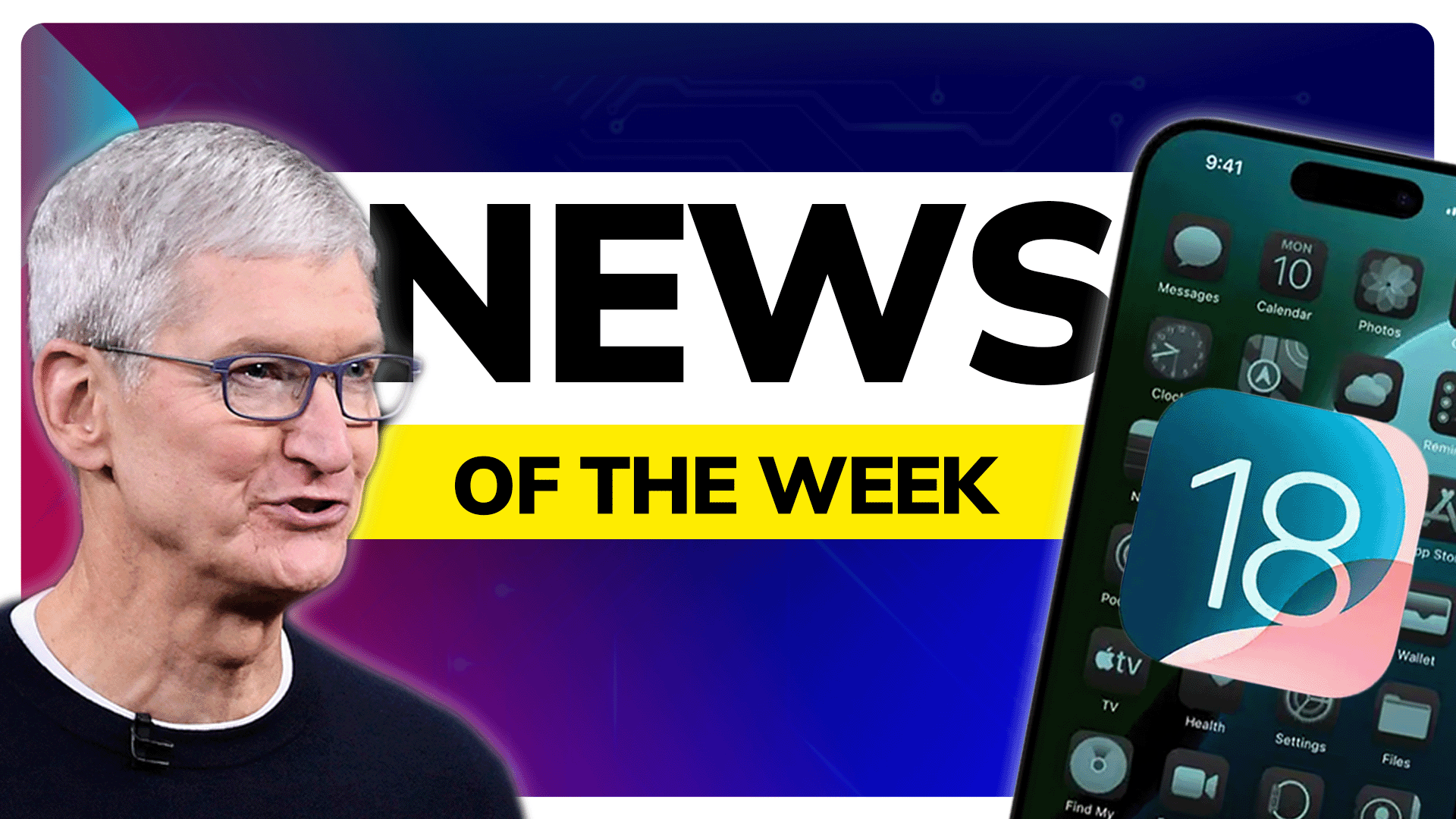
Join us as we explore the latest innovations, product reveals, and updates from one of the most anticipated tech events of the year.
Science & Environment
This power company has outpaced Nvidia, could ink next nuclear deal after Three Mile Island
Technology
This is the world’s most powerful Mini PC and I can’t wait to test it: Beelink’s tiny computer packs the Ryzen AI 9 HX 370 CPU and promises to deliver the GPU performance of an RTX 3050 with a whopping 50 TOPS
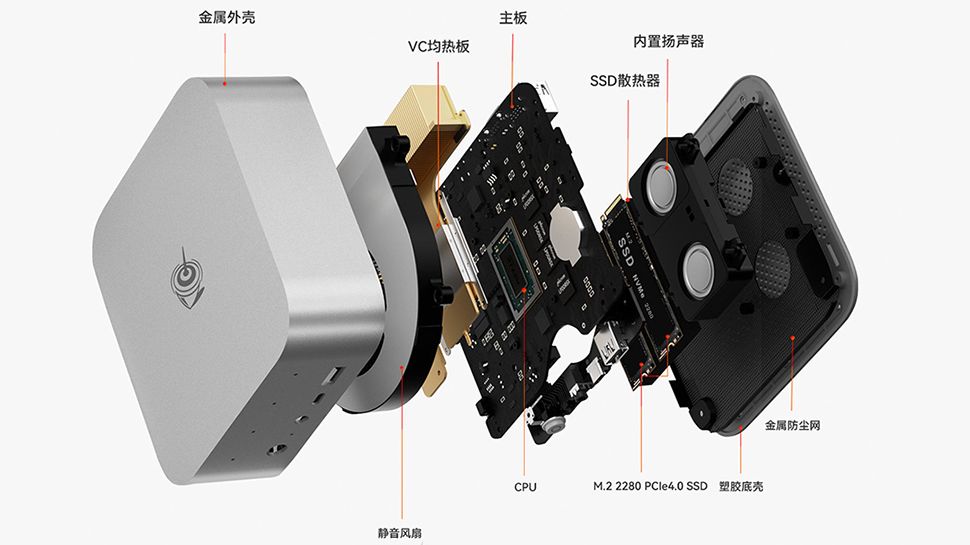
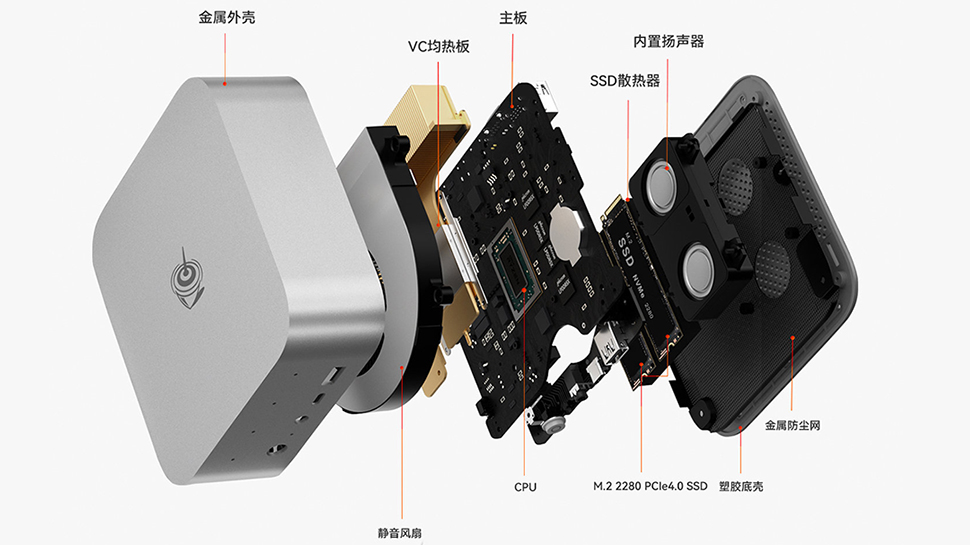
Technology
iPhone 14 Pro Camera Preview: The Hardware Changes
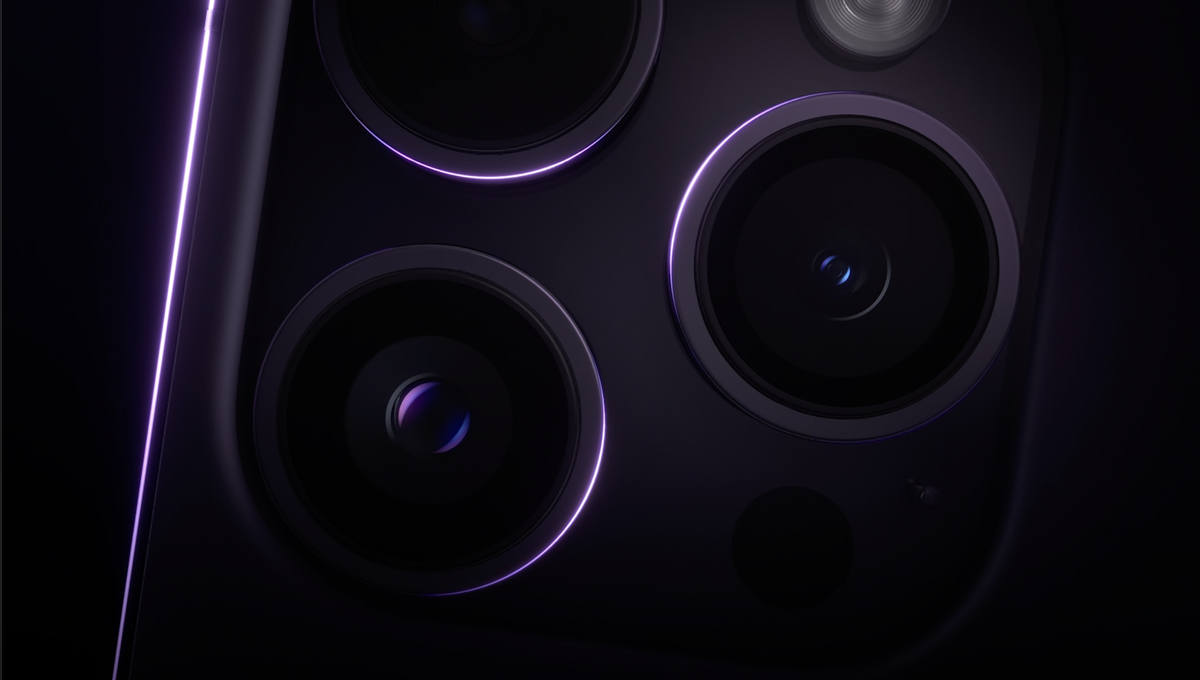
This time of the year always excites us: it brings a look at what’s new in iPhone photography. First up is our brief look at the technical specifications of the new iPhone 14 Pro cameras. Our next post field tests the new cameras and their output. Whether you are a first-time reader or a long time listener, we promise an exciting few weeks.
iPhone 13 Pro vs. iPhone 14 Pro
We expect the iPhone 14 to have the same camera system as the iPhone 13 Pro, minus its telephoto camera, so we’ll keep this post limited to the iPhone 14’s Pro version, which has the most major camera changes. Fortunately, the the iPhone 14 Pro and Pro Max have the same camera array, which keeps things simple. With the help of a Halide Technical Readout sent to us, it’s straightforward to analyze the year over year hardware changes. But first, a disclaimer…
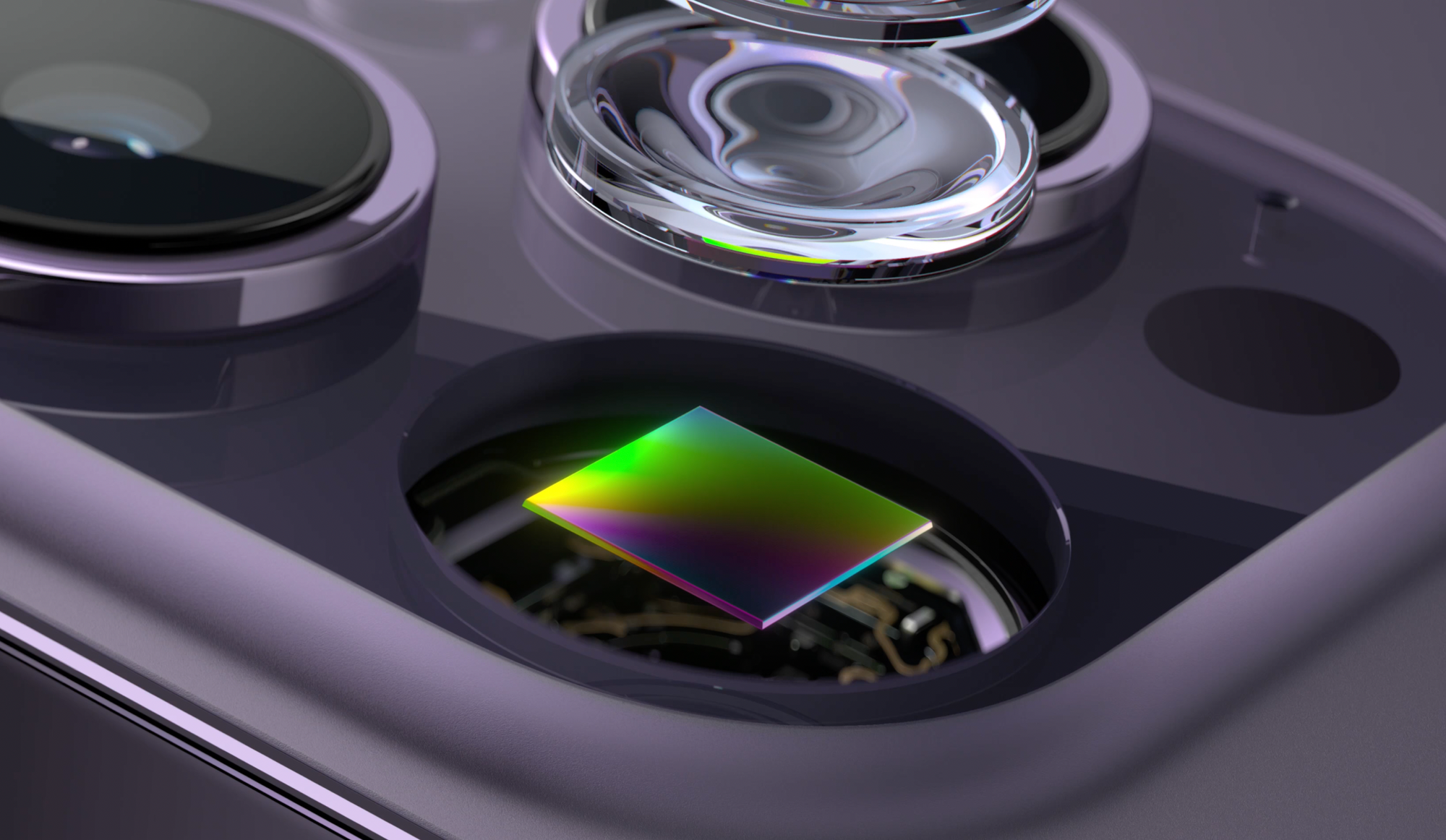
Huge breakthroughs today are just as much about software as hardware. Sure, software can’t replace a giant large telephoto zoom lens (yet), but it allows for breakthroughs in dynamic range, exposure, night photography, adding nice blurred backgrounds, and much more. When it comes to computational photography, the quality of your software and processing power plays as important a role as the physical camera itself. It’s silly to judge the new iPhone entirely on sensor specs, and we can’t wait to run full package through its paces as soon as it arrives at Halide HQ.
iPhone 14 Pro Technical Readout Comparison
Without further ado, here’s a side by side comparison with the iPhone 13 Pro to iPhone 14 Pro. Specs changes are marked in bold:
Wide
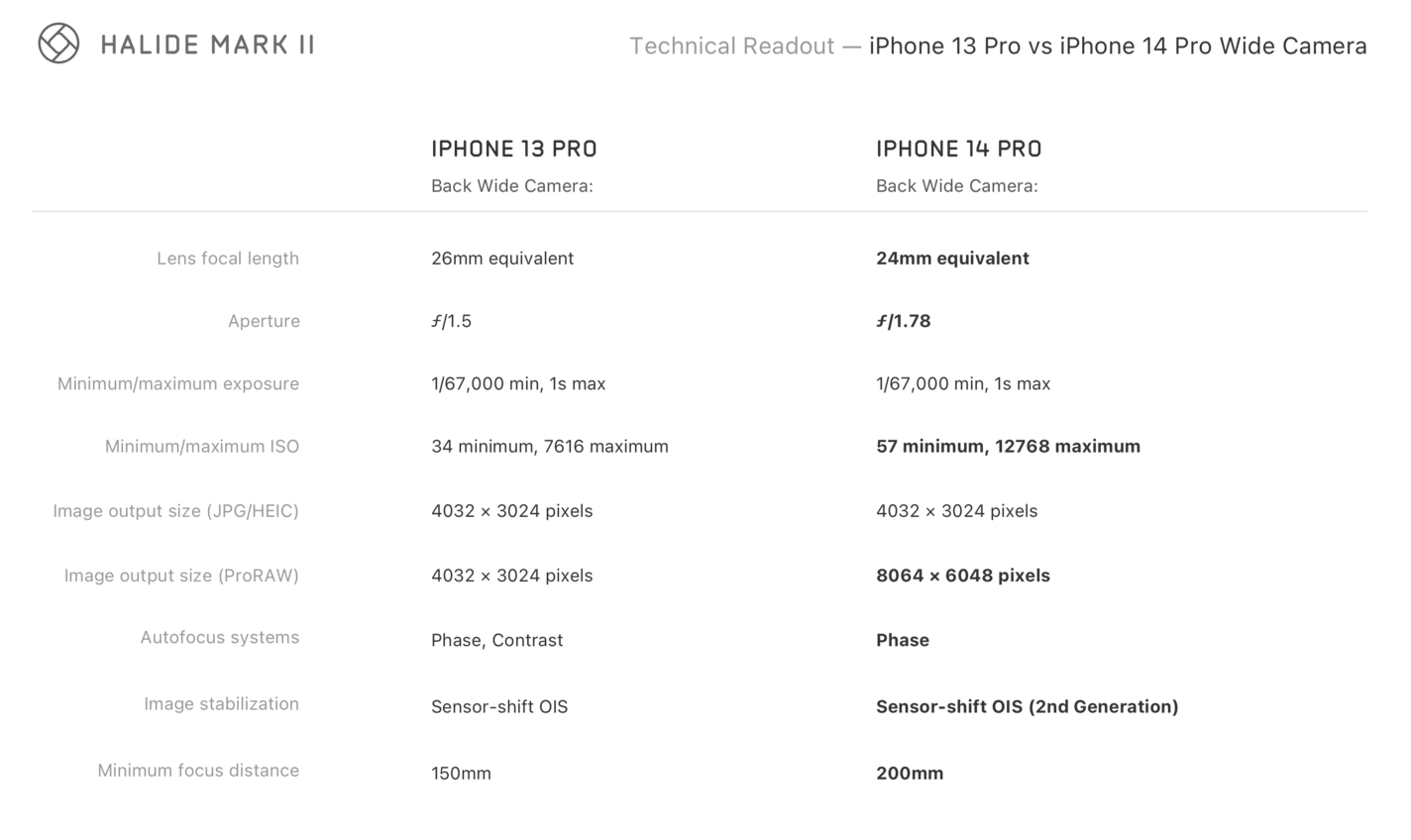
The Wide camera sees the greatest changes. The lens gets a bit wider, a 2mm focal length difference. The aperture is smaller (‘slower’), means the lens collects less light. This was probably necessary to work with a larger sensor. We calculate that the Wide camera is able to collect 20% more light compared to last year’s camera, even with this slightly worse aperture, thanks to its larger size.
We’re astonished by the improvement in the camera sensor’s ISO range. It goes far beyond previous iPhone cameras. Given high ISO values are accompanied by more noise, it’s highly likely this ISO range is made possible by how its higher resolution sensor combines 4 pixels into one, vastly reducing noise.
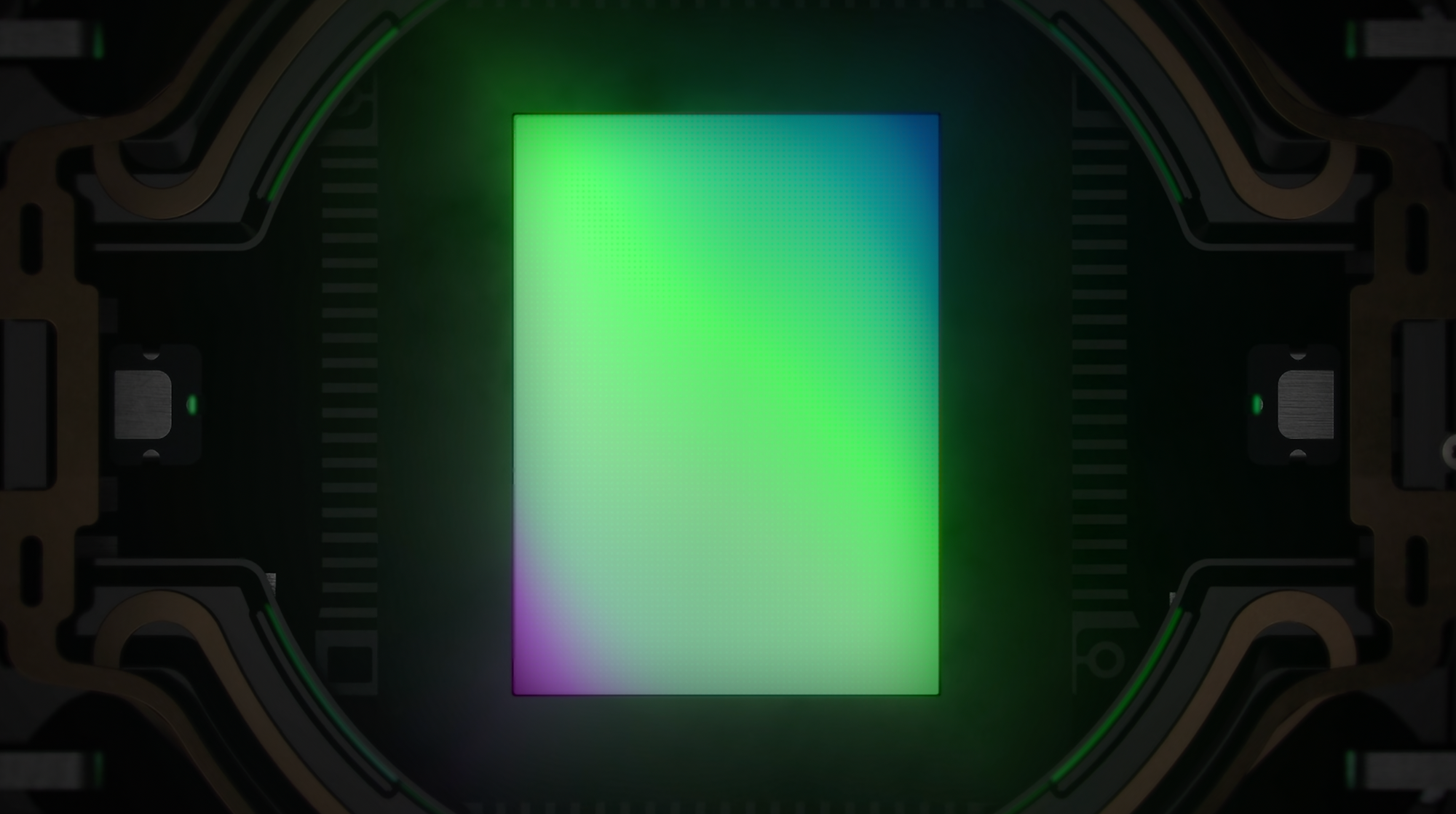
Apple refers to this as ‘quad-pixel’, and for almost all apps, it is how the camera will operate. By default, camera apps will ‘see’ the new Wide camera as if it were a 12 megapixel camera. Behind the scenes, iOS will downsize those 48 megapixels, combining four pixels into one, reducing noise. This will avoid breaking third-party apps, which probably aren’t ready for those larger images that require 4x the memory.

It does mean that if you were hoping to shoot 48 megapixel JPGs, you are likely out of luck without a third party camera app. With the first-party camera app, you can only capture 48 megapixel images by shooting in ProRAW. We hope this was a product choice as opposed to a technical limitation, and they leave more options available to third-party developers.
We look forward to testing the sensor in low-light: its high ISO range, quad-pixel shooting and claimed ‘second generation’ sensor-shift stabilization, we are expecting a big leap in image quality in at night.
Finally, we noticed that minimum focus distance — which is the closest the camera will focus on objects — has taken a step back, going from 150mm (5.9 inches) to 200mm (7.8 inches). While two inches doesn’t seem like much, if you were frustrated by your iPhone 13 switching between the ultra-wide (‘macro’) lens and regular camera, it’s possible this could happen a little more often new iPhone. The new lens design just can’t focus as close as the 13 Pro’s. We’ll be interested in seeing how much they’ve mitigated this in software.
Telephoto
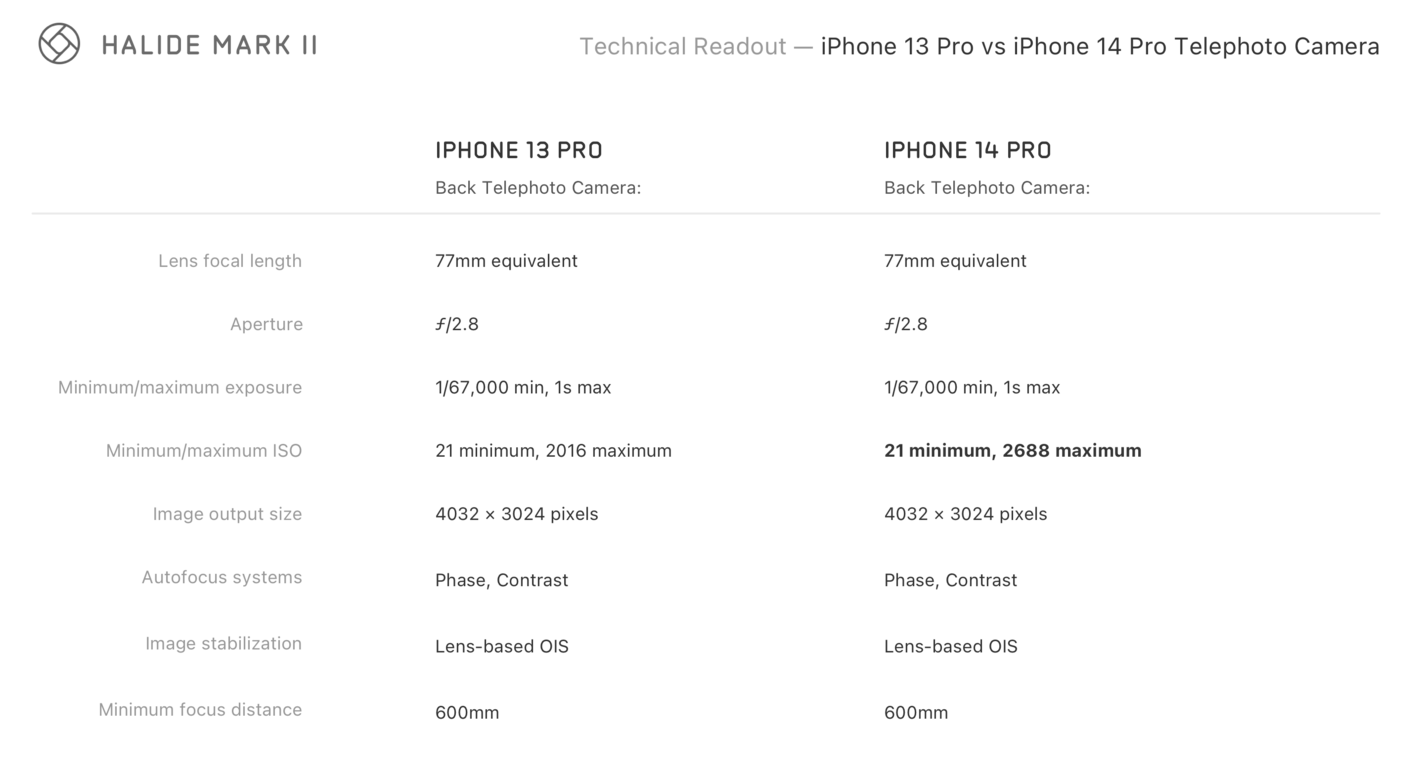
The telephoto camera might be our team’s favorite, and it sees a fairly small spec bump. Apple has been fairly mum about this camera, only calling it ‘improved’. They might just mean that it benefits from the new Photonic Engine software pipeline, but the improved ISO range gives us hope they upgraded the sensor.
Ultra-Wide
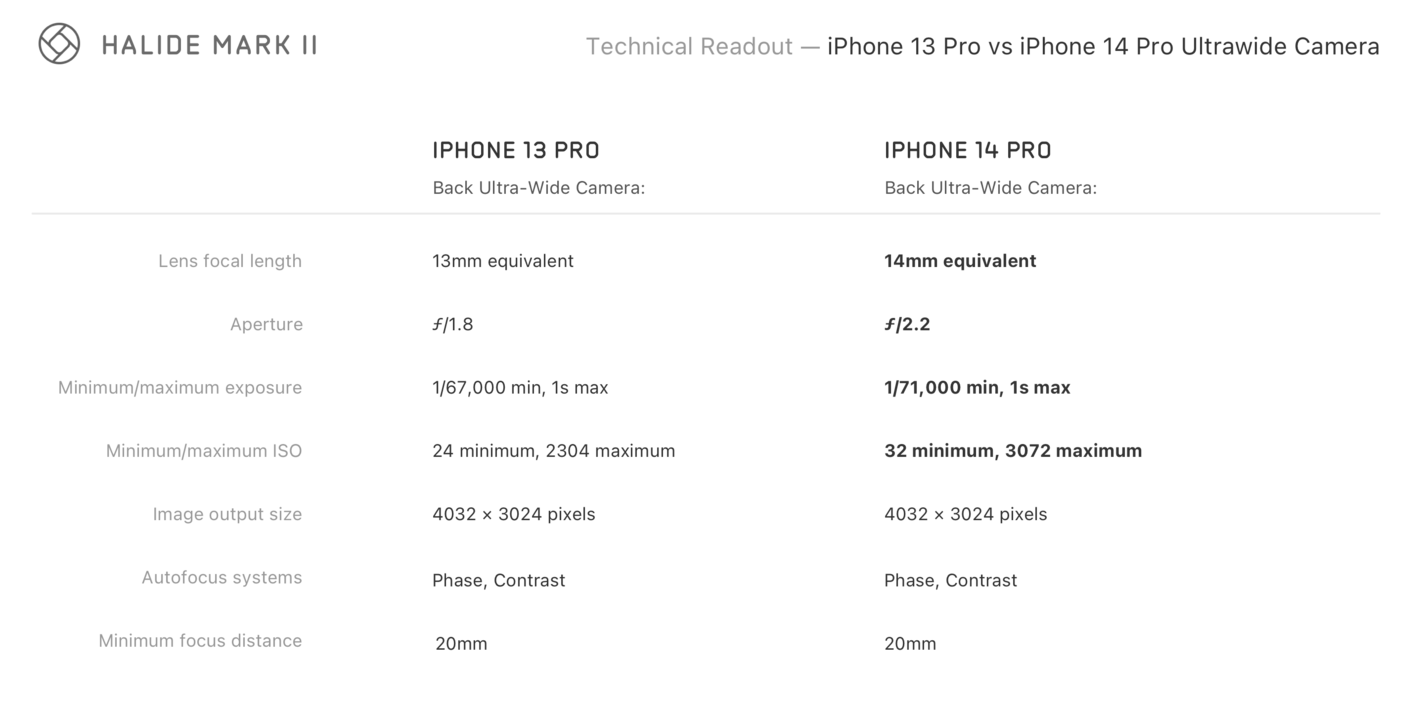
With iPhone 13 Pro, Apple got serious about the image quality on its Ultra-Wide camera. This year, we’re seeing another sensor size bump; its larger pixels and area offset a slightly slower aperture. However, it lost a slight touch of its ultra-wideness, moving to a 14mm focal length (full frame equivalent).
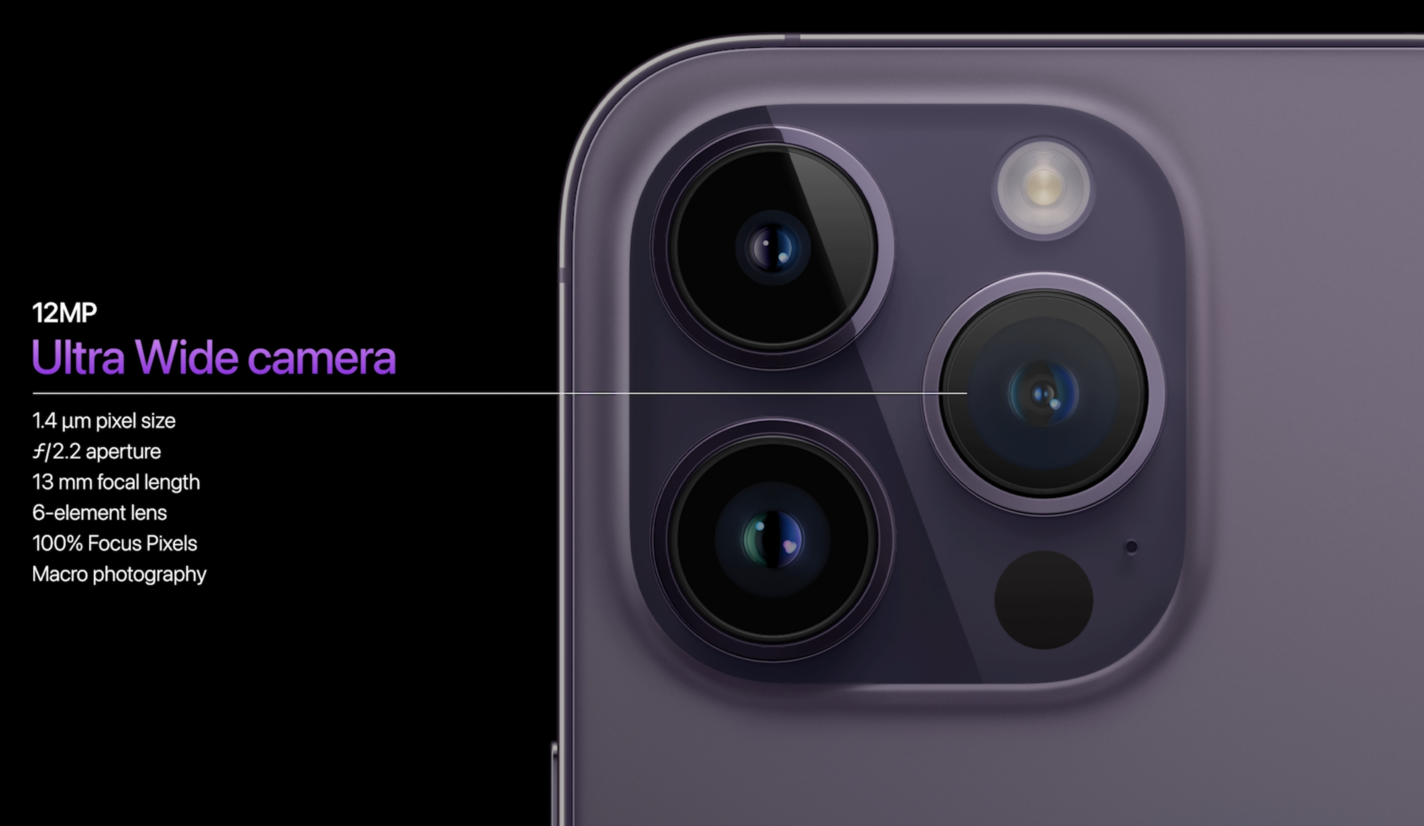
Across the board, we are seeing what should be solid low-light improvements. A larger sensor and higher ISO sensitivity should allow this camera to further mature to be a good option for high-quality images. Apple actually claimed the greatest improvements to this camera in its keynote, claiming ‘up to 3×’ better images. We will have to see what that entails in testing.
Front-facing
Apple made a big change to the front of the iPhone this year. The Dynamic Island features the TrueDepth hardware we’ve come to love; a host of IR projector/sensor hardware to enable Face ID and a regular old front-facing (or ‘selfie’) camera. Despite being shrunk into a little isle, the front-facing camera got an upgrade.
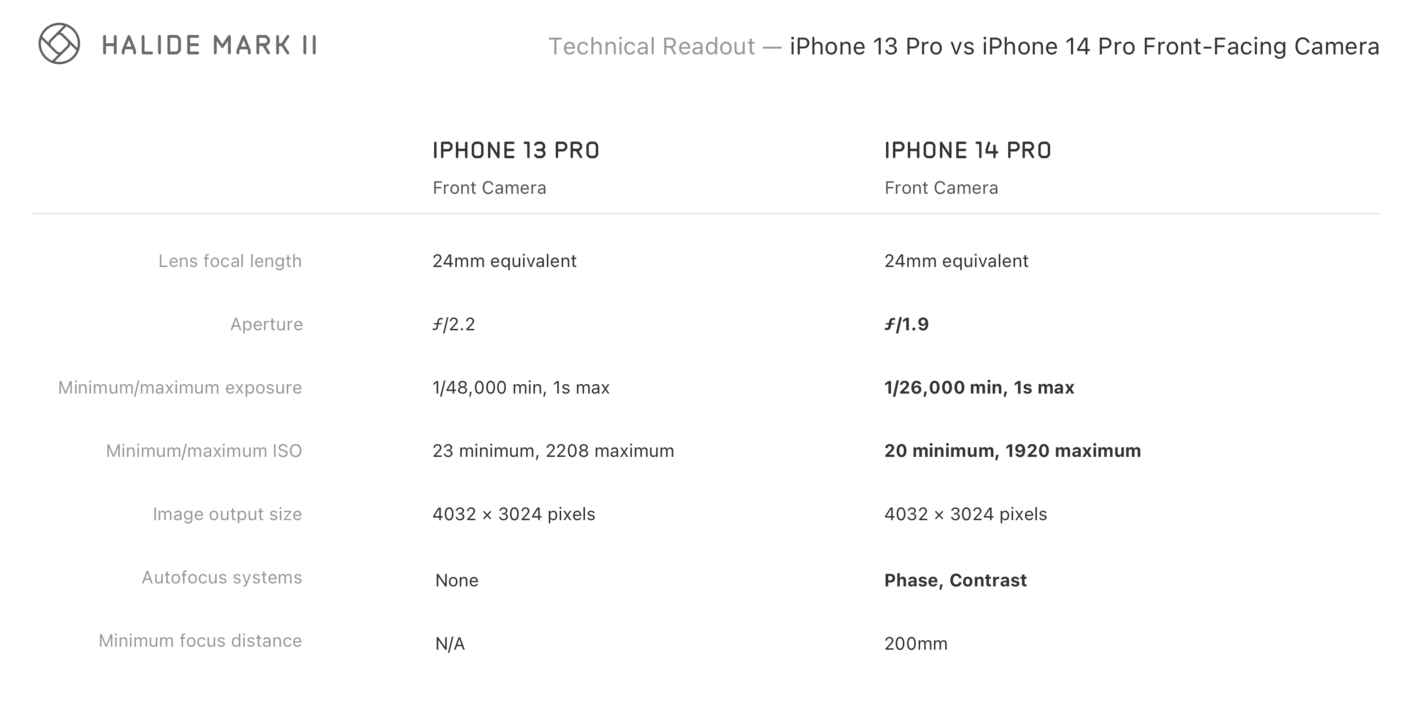
A big change here is the front-facing camera gaining variable focus (and autofocus) for the first time since the very first iPhone. In addition, a nice improvement in aperture should allow a bit more depth of field and light to reach this little camera. We’ll have to see how much of a difference or need there is for autofocus; if the sensor is indeed larger this year, it might allow for sharper shots.
What remained the same
We haven’t been able to confirm many changes in the telephoto and LIDAR systems on the iPhone 14 Pro. Despite this, we are seeing signs that point to an all-new telephoto camera sensor. The LIDAR system has changed slightly, throwing a wider grid of dots that corresponds with the new, wider 24mm focal length of the Wide camera. Otherwise, it appears unchanged, and so does the TrueDepth depth-sensing infrared hardware despite its miniaturization.
Stay tuned
As is tradition, we are going to test the iPhone 14 Pro’s camera system deeply — planning several outings in Mexico and the desert Southwest. We’ll be testing 48 megapixel shooting, RAW performance, quad-pixel ins and outs and extensively inspecting the new Photonic Engine. We will also be checking out the new iPhone 14’s camera. In the mean time, check out Austin Mann’s excellent iPhone 14 Pro camera review.
You can follow us on Twitter or Instagram to read about our findings in the meantime.
Technology
Neil Lawrence interview: The AI expert who says artificial general intelligence is nonsense


What sets humans apart from the rest of life, or indeed inert matter? Many people would respond that it is our intelligence. Yet the rise of seemingly intelligent machines challenges this way of thinking. The companies behind these new artificial intelligence technologies, in the form of ChatGPT and its rivals, speak of achieving artificial general intelligence – machines that have the same level of intelligence as humans across a range of tasks.
Does this meteoric rise in AI make human intelligence, and therefore us, less special? Neil Lawrence, professor of machine learning at the University of Cambridge, doesn’t think so. In fact, he thinks we should throw out the concept of artificial general intelligence altogether.
In his new book The Atomic Human: Understanding ourselves in the age of AI, Lawrence makes the case that it is only by better understanding our own intelligence, and how wildly different it is to its artificial counterpart, that we can make the most of both. Here he tells New Scientist why he thinks both human and artificial intelligence are misunderstood, why it is pointless to compare the two and why, ultimately, we need a more nuanced understanding of intelligence.
Alex Wilkins: What do you make of the trend to compare artificial to human intelligence?
Neil Lawrence: Most of these arguments are pointless, they are irrelevant. Of course, the nature of the intelligence that we’re seeing in AI is extremely different from our own. It’s absurd that people are talking about this intelligence as if it’s anything to do with us.…
Technology
How AI technology is changing consumer habits

With ChatGPT taking the internet by storm, technology is front of mind for both consumers and brands. Consumers are excited about new developments in the virtual space, and are eager to test AI tools and products out themselves, while brands are seeking ways to apply new Artificial intelligence (AI) tech in order to grow their businesses. In this blog we explore how AI technology is changing consumer search habits online, and what impact it will have on consumer behaviour.
Brands need to adapt as Generation Z shifts search behaviour to social media
While search engines may continue to dominate, the younger generations are increasingly making use of alternative ways to search for information. This is most evident when it comes to clothes, as nearly half of Gen Z are most likely to turn to social media when searching for outfit ideas, while one in three would turn first to social media for gift ideas.
One advantage of using social media sites such as TikTok for search is its ability to provide video content, with personal recommendations, rather than just links to websites. The video-based responses provided by platforms, such as TikTok and Instagram, can offer a more immersive and engaging response than search engines. It can also offer more ‘personal’ recommendations by others who have uploaded reviews and content. In the context of fashion, vibrant tryout videos will be of more appeal to people who are looking to see how different fashion items fit together, or not, hence providing more useful information for the consumer instead of the usual bland, static images.
TikTok has recognised its users wanting to use the site in this way and is seeking to monetise it. For example, the platform has been testing features that identify keywords in comments and links to search results for them. Although the platform has recently become embroiled in controversy in the US, its business model and formula is likely to be ingrained in Gen Z creators, advertisers and audience, and consumers are getting more used to finding advertising content that engages them and speaks to their needs.
Search engines fight back with AI enhancements
As social media platforms gain increasing popularity as de facto search engines, the old guard are fighting back, with AI rapidly improving search results in search engines. With the explosion of ChatGPT, conversational AI could take this even further, with both Bing and Google exploring how the technology can provide a more personalised and nuanced search result than simply offering a list of hyperlinks to relevant websites. Improvements in natural language processing (NLP) models will enhance performance in voice searches, thus also enhancing the accessibility of internet usage.
Tech giant Google has been seeking ways to make search more ‘immersive’. Using AI, the search engine can now recommend specific parts of a video that could be relevant to a search. Google Maps already features an augmented reality version that uses the camera of a phone to overlay search information on an image of the surrounding area.

Google is implementing new AI technologies in its suite of services, including new AR functions in its signature search engine. Source: Google
Microsoft, on the other hand, is integrating OpenAI into its Edge browser and new Bing search engine with features similar to ChatGPT. Features include a Bing Chat function which transforms search data into a full interactive human-like conversation. This new launch by Microsoft could encourage some consumers to the browser and alter the search market share.
AI poses challenges, but brands and consumers will benefit in the long run
AI has already improved and transformed the search experience behind the scenes, but the introduction of more conversational text based answers could herald a new era of search. The idea of AI and having ‘conversations’ with computers can divide consumers. While some think it’s exciting as AI could make life easier, others worry about the reliability of the information, and what happens when AI content becomes so widespread online, that AI search engines are generating answers based on AI generated content.
For brands, the integration of AI will provide an opportunity to create a new and exciting way to engage with consumers. For example, brands may need to rethink how they create an online presence so that Generative AI search talks favourably about them, or recommends them in the right instances. However, Generative AI will also create significant opportunities for the experience within a brand’s site. For example, Shopify has announced plans to add a new search function to its app in 2023, leveraging ChatGPT’s technology.
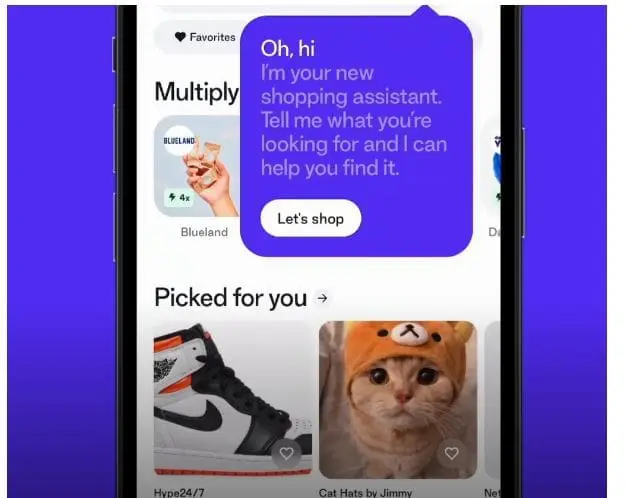
OpenAI announced that ChatGPT and Whisper models are now available on their API, giving developers access to cutting-edge language and speech-to-text capabilities; Shopify is one of the brands that uses this AI-technology extensively to help consumers find the right products. Source: OpenAI
What we think
Advances in AI technology will continue to influence consumers and brands as they seek to harness the power of the internet and social media. The integration of conversational AI into search engines will transform the way consumers look for information and discover brands and products. As search becomes more immersive and conversational it will change the way brands need to position themselves online to ensure they remain visible and stand out from the myriad of content.
Brands need to be aware that the way consumers search for information is changing. Search engine optimisation is just one aspect of an increasingly fragmented online journey. Social media activity shouldn’t just be viewed as a way to drive traffic to a website or generate buzz around a brand, but it should be viewed as an opportunity to help consumers find what they are looking for and even buy directly via the platform.
Generative AI has the potential to transform the way consumers engage with brands and search for information. Gen Z will be first to embrace this technology, and will expect a more personalised and conversational relationship with brands than ever before.
Technology
Netflix’s Rebel Moon mobile game looks a lot like Diablo 4


The Rebel Moon series is continuing at Netflix, although the most recent announcement isn’t for another movie. The streaming service announced Blood Line: A Rebel Moon Game, a standalone action video game set in director Zack Snyder’s Rebel Moon space opera-verse, during its Geeked Week event on Thursday.
Blood Line is a top-down action game akin to Diablo 4 from Super Evil Megacorp, most recently known for the roguelike Teenage Mutant Ninja Turtles: Splintered Fate. It lets players team up online to take down hordes of enemies. You can check out a little of the gameplay in the trailer above. Like other Netflix titles, this will only be available on mobile and only to Netflix subscribers through its app. You can sign up for the beta now.
The core gameplay involves choosing between four classes based on characters similar to the ones you meet in the movies: Bannerguard, Evoker, Kindred, and Forsaken. The Bannerguard is your high-damage tank, while Kindred is long-range. The Forsaken are for players who are fans of dealing damage with dual-wielding weapons. Finally, the Evoker is the healer and support character.
Netflix writes that each will have “unique backstories” and “specific Motherworld-vanquishing motivations” that will mirror what you’ll get with the characters watching the movies. The game will be live service, although because it’s available for free through a Netflix subscription, the updates will be in the form of narrative chapters that expand the story and help you build up a rebellion.
“And then when updates come in, it’s not just, ‘Oh, this one is always better,’ but it’s a new kind of piece to your puzzle and how you want to mix them up so they won’t just be the next thing that’s bigger and stronger, but it’ll actually be a different spice, as it were, to put into your recipes of your loadout,” Super Evil Megacorp design director Robert Gallerani said in a press briefing attended by Variety.
Super Evil Megacorp announced its partnership with Netflix in 2023, noting that it had been working with the media company on “an amazing new IP” that would allow it to be a “transmedia pioneer.” “We love building worlds, and with Netflix, we get the opportunity to be part of building a universe far larger than a single game – and we will build it simultaneously with the rest of the IP universe,” a spokesperson from the developer wrote.
While the first Rebel Moon did poorly with critics, including Digital Trends, Netflix reported it was the most-viewed title on the service within its first week of release with 29.3 million views. Later, Snyder claimed that it “probably” surpassed the number of people who saw Barbie in theaters. Netflix has since released the sequel, along with a director’s cut with extra scenes.
-

 Sport1 day ago
Sport1 day agoJoshua vs Dubois: Chris Eubank Jr says ‘AJ’ could beat Tyson Fury and any other heavyweight in the world
-

 News2 days ago
News2 days agoYou’re a Hypocrite, And So Am I
-

 Science & Environment1 day ago
Science & Environment1 day ago‘Running of the bulls’ festival crowds move like charged particles
-

 News1 day ago
News1 day agoIsrael strikes Lebanese targets as Hizbollah chief warns of ‘red lines’ crossed
-

 CryptoCurrency23 hours ago
CryptoCurrency23 hours agoEthereum is a 'contrarian bet' into 2025, says Bitwise exec
-

 Science & Environment1 day ago
Science & Environment1 day agoSunlight-trapping device can generate temperatures over 1000°C
-

 CryptoCurrency1 day ago
CryptoCurrency1 day agoBitcoin miners steamrolled after electricity thefts, exchange ‘closure’ scam: Asia Express
-

 CryptoCurrency1 day ago
CryptoCurrency1 day agoCardano founder to meet Argentina president Javier Milei
-

 CryptoCurrency1 day ago
CryptoCurrency1 day agoDorsey’s ‘marketplace of algorithms’ could fix social media… so why hasn’t it?
-

 CryptoCurrency1 day ago
CryptoCurrency1 day agoLow users, sex predators kill Korean metaverses, 3AC sues Terra: Asia Express
-

 Science & Environment1 day ago
Science & Environment1 day agoQuantum ‘supersolid’ matter stirred using magnets
-

 Sport24 hours ago
Sport24 hours agoUFC Edmonton fight card revealed, including Brandon Moreno vs. Amir Albazi headliner
-

 Technology23 hours ago
Technology23 hours agoiPhone 15 Pro Max Camera Review: Depth and Reach
-

 Science & Environment1 day ago
Science & Environment1 day agoHow one theory ties together everything we know about the universe
-

 CryptoCurrency1 day ago
CryptoCurrency1 day agoCertiK Ventures discloses $45M investment plan to boost Web3
-

 CryptoCurrency1 day ago
CryptoCurrency1 day agoDZ Bank partners with Boerse Stuttgart for crypto trading
-

 CryptoCurrency1 day ago
CryptoCurrency1 day agoRedStone integrates first oracle price feeds on TON blockchain
-

 CryptoCurrency1 day ago
CryptoCurrency1 day agoBitcoin bulls target $64K BTC price hurdle as US stocks eye new record
-

 CryptoCurrency1 day ago
CryptoCurrency1 day agoSEC asks court for four months to produce documents for Coinbase
-

 CryptoCurrency1 day ago
CryptoCurrency1 day ago‘No matter how bad it gets, there’s a lot going on with NFTs’: 24 Hours of Art, NFT Creator
-

 CryptoCurrency24 hours ago
CryptoCurrency24 hours agoBlockdaemon mulls 2026 IPO: Report
-

 CryptoCurrency22 hours ago
CryptoCurrency22 hours agoCoinbase’s cbBTC surges to third-largest wrapped BTC token in just one week
-

 Politics23 hours ago
Politics23 hours agoLabour MP urges UK government to nationalise Grangemouth refinery
-

 News22 hours ago
News22 hours agoBrian Tyree Henry on voicing young Megatron, his love for villain roles
-

 Science & Environment2 days ago
Science & Environment2 days agoHow to wrap your mind around the real multiverse
-

 Science & Environment2 days ago
Science & Environment2 days agoQuantum time travel: The experiment to ‘send a particle into the past’
-

 Science & Environment1 day ago
Science & Environment1 day agoNuclear fusion experiment overcomes two key operating hurdles
-

 CryptoCurrency1 day ago
CryptoCurrency1 day ago2 auditors miss $27M Penpie flaw, Pythia’s ‘claim rewards’ bug: Crypto-Sec
-

 CryptoCurrency1 day ago
CryptoCurrency1 day ago$12.1M fraud suspect with ‘new face’ arrested, crypto scam boiler rooms busted: Asia Express
-

 CryptoCurrency1 day ago
CryptoCurrency1 day ago‘Everything feels like it’s going to shit’: Peter McCormack reveals new podcast
-

 CryptoCurrency1 day ago
CryptoCurrency1 day agoDecentraland X account hacked, phishing scam targets MANA airdrop
-

 CryptoCurrency1 day ago
CryptoCurrency1 day agoCZ and Binance face new lawsuit, RFK Jr suspends campaign, and more: Hodler’s Digest Aug. 18 – 24
-

 CryptoCurrency1 day ago
CryptoCurrency1 day agoBeat crypto airdrop bots, Illuvium’s new features coming, PGA Tour Rise: Web3 Gamer
-

 CryptoCurrency1 day ago
CryptoCurrency1 day agoMemecoins not the ‘right move’ for celebs, but DApps might be — Skale Labs CMO
-

 CryptoCurrency1 day ago
CryptoCurrency1 day agoTelegram bot Banana Gun’s users drained of over $1.9M
-

 CryptoCurrency1 day ago
CryptoCurrency1 day agoVonMises bought 60 CryptoPunks in a month before the price spiked: NFT Collector
-

 CryptoCurrency1 day ago
CryptoCurrency1 day agoVitalik tells Ethereum L2s ‘Stage 1 or GTFO’ — Who makes the cut?
-

 CryptoCurrency1 day ago
CryptoCurrency1 day agoEthereum falls to new 42-month low vs. Bitcoin — Bottom or more pain ahead?
-
Business23 hours ago
How Labour donor’s largesse tarnished government’s squeaky clean image
-

 Science & Environment2 days ago
Science & Environment2 days agoWhy this is a golden age for life to thrive across the universe
-

 Science & Environment2 days ago
Science & Environment2 days agoElon Musk’s SpaceX contracted to destroy retired space station
-

 MMA24 hours ago
MMA24 hours agoUFC’s Cory Sandhagen says Deiveson Figueiredo turned down fight offer
-

 MMA24 hours ago
MMA24 hours agoDiego Lopes declines Movsar Evloev’s request to step in at UFC 307
-

 Football24 hours ago
Football24 hours agoNiamh Charles: Chelsea defender has successful shoulder surgery
-

 Football23 hours ago
Football23 hours agoSlot's midfield tweak key to Liverpool victory in Milan
-

 Science & Environment1 day ago
Science & Environment1 day agoHyperelastic gel is one of the stretchiest materials known to science
-

 Technology3 days ago
Technology3 days agoCan technology fix the ‘broken’ concert ticketing system?
-

 Fashion Models23 hours ago
Fashion Models23 hours agoMiranda Kerr nude
-

 Science & Environment2 days ago
Science & Environment2 days agoMaxwell’s demon charges quantum batteries inside of a quantum computer
-

 Science & Environment1 day ago
Science & Environment1 day agoOdd quantum property may let us chill things closer to absolute zero
-

 Science & Environment1 day ago
Science & Environment1 day agoRethinking space and time could let us do away with dark matter
-

 Technology2 days ago
Technology2 days agoWould-be reality TV contestants ‘not looking real’
-

 Science & Environment2 days ago
Science & Environment2 days agoHow to unsnarl a tangle of threads, according to physics
-

 Science & Environment2 days ago
Science & Environment2 days agoX-ray laser fires most powerful pulse ever recorded
-

 Science & Environment1 day ago
Science & Environment1 day agoPhysicists are grappling with their own reproducibility crisis
-

 Science & Environment1 day ago
Science & Environment1 day agoBeing in two places at once could make a quantum battery charge faster
-

 Science & Environment1 day ago
Science & Environment1 day agoWe may have spotted a parallel universe going backwards in time
-

 CryptoCurrency1 day ago
CryptoCurrency1 day agoArthur Hayes’ ‘sub $50K’ Bitcoin call, Mt. Gox CEO’s new exchange, and more: Hodler’s Digest, Sept. 1 – 7
-

 CryptoCurrency1 day ago
CryptoCurrency1 day agoTreason in Taiwan paid in Tether, East’s crypto exchange resurgence: Asia Express
-

 CryptoCurrency1 day ago
CryptoCurrency1 day agoLeaked Chainalysis video suggests Monero transactions may be traceable
-

 CryptoCurrency1 day ago
CryptoCurrency1 day agoJourneys: Robby Yung on Animoca’s Web3 investments, TON and the Mocaverse
-

 CryptoCurrency1 day ago
CryptoCurrency1 day agoLouisiana takes first crypto payment over Bitcoin Lightning
-

 CryptoCurrency1 day ago
CryptoCurrency1 day agoAre there ‘too many’ blockchains for gaming? Sui’s randomness feature: Web3 Gamer
-

 CryptoCurrency1 day ago
CryptoCurrency1 day agoCrypto whales like Humpy are gaming DAO votes — but there are solutions
-

 CryptoCurrency1 day ago
CryptoCurrency1 day agoHelp! My parents are addicted to Pi Network crypto tapper
-

 CryptoCurrency1 day ago
CryptoCurrency1 day agoCrypto scammers orchestrate massive hack on X but barely made $8K
-

 Science & Environment1 day ago
Science & Environment1 day agoWhy we need to invoke philosophy to judge bizarre concepts in science
-

 Science & Environment1 day ago
Science & Environment1 day agoJupiter’s stormy surface replicated in lab
-

 Science & Environment1 day ago
Science & Environment1 day agoFuture of fusion: How the UK’s JET reactor paved the way for ITER
-

 CryptoCurrency1 day ago
CryptoCurrency1 day agoSEC sues ‘fake’ crypto exchanges in first action on pig butchering scams
-

 CryptoCurrency1 day ago
CryptoCurrency1 day agoFed rate cut may be politically motivated, will increase inflation: Arthur Hayes
-

 CryptoCurrency1 day ago
CryptoCurrency1 day agoBinance CEO says task force is working ‘across the clock’ to free exec in Nigeria
-

 CryptoCurrency1 day ago
CryptoCurrency1 day agoElon Musk is worth 100K followers: Yat Siu, X Hall of Flame
-

 CryptoCurrency1 day ago
CryptoCurrency1 day agoBitcoin price hits $62.6K as Fed 'crisis' move sparks US stocks warning
-

 CryptoCurrency1 day ago
CryptoCurrency1 day agoBitcoin bull rally far from over, MetaMask partners with Mastercard, and more: Hodler’s Digest Aug 11 – 17
-

 CryptoCurrency1 day ago
CryptoCurrency1 day ago‘Silly’ to shade Ethereum, the ‘Microsoft of blockchains’ — Bitwise exec
-
Business24 hours ago
Thames Water seeks extension on debt terms to avoid renationalisation
-
Politics24 hours ago
The Guardian view on 10 Downing Street: Labour risks losing the plot | Editorial
-

 Politics23 hours ago
Politics23 hours agoI’m in control, says Keir Starmer after Sue Gray pay leaks
-
Politics23 hours ago
‘Appalling’ rows over Sue Gray must stop, senior ministers say | Sue Gray
-

 News22 hours ago
News22 hours ago“Beast Games” contestants sue MrBeast’s production company over “chronic mistreatment”
-

 News22 hours ago
News22 hours agoSean “Diddy” Combs denied bail again in federal sex trafficking case in New York
-

 News22 hours ago
News22 hours agoBrian Tyree Henry on his love for playing villains ahead of “Transformers One” release
-

 News22 hours ago
News22 hours agoBrian Tyree Henry on voicing young Megatron, his love for villain roles
-

 CryptoCurrency22 hours ago
CryptoCurrency22 hours agoBitcoin options markets reduce risk hedges — Are new range highs in sight?
-

 News1 day ago
News1 day agoChurch same-sex split affecting bishop appointments
-

 Politics3 days ago
Politics3 days agoTrump says he will meet with Indian Prime Minister Narendra Modi next week
-

 Politics2 days ago
Politics2 days agoKeir Starmer facing flashpoints with the trade unions
-

 Health & fitness3 days ago
Health & fitness3 days agoWhy you should take a cheat day from your diet, and how many calories to eat
-

 Technology1 day ago
Technology1 day agoFivetran targets data security by adding Hybrid Deployment
-
News1 day ago
Freed Between the Lines: Banned Books Week
-

 Science & Environment1 day ago
Science & Environment1 day agoHow to wrap your head around the most mind-bending theories of reality
-

 Fashion Models23 hours ago
Fashion Models23 hours ago“Playmate of the Year” magazine covers of Playboy from 1971–1980
-

 News4 days ago
News4 days agoDid the Pandemic Break Our Brains?
-

 Science & Environment1 day ago
Science & Environment1 day agoA new kind of experiment at the Large Hadron Collider could unravel quantum reality
-

 Health & fitness2 days ago
Health & fitness2 days ago11 reasons why you should stop your fizzy drink habit in 2022
-

 Science & Environment1 day ago
Science & Environment1 day agoHow Peter Higgs revealed the forces that hold the universe together
-

 Science & Environment1 day ago
Science & Environment1 day agoQuantum forces used to automatically assemble tiny device
-

 Entertainment22 hours ago
Entertainment22 hours ago“Jimmy Carter 100” concert celebrates former president’s 100th birthday
-

 Business3 days ago
Business3 days agoDangers of being a FOMO customer as rates fall


You must be logged in to post a comment Login